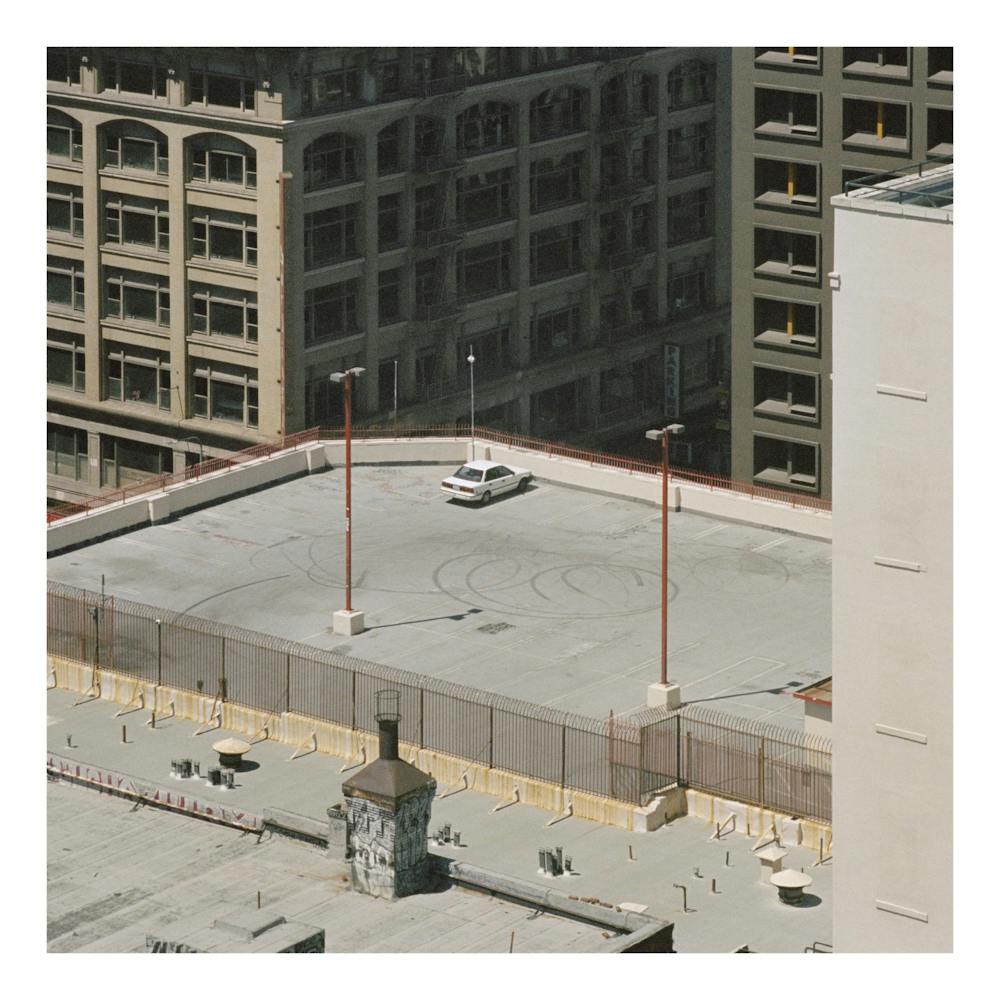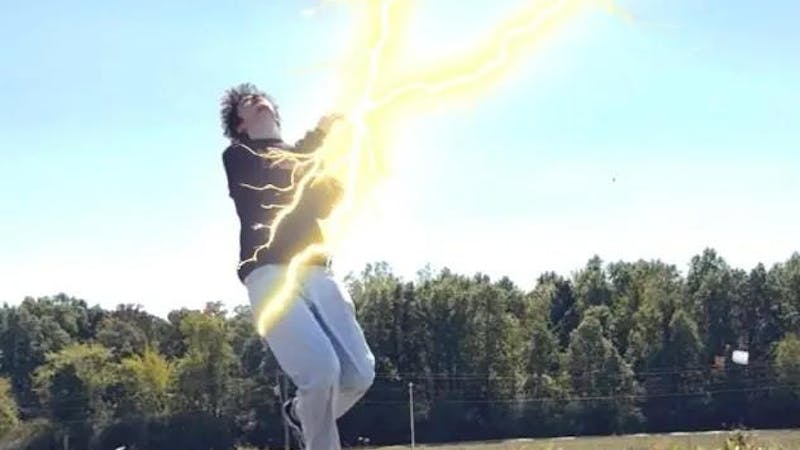The History of Arctic Monkeys
Arctic Monkeys is a band that many probably don’t know, at least by name. But they have surely heard some of their songs and may even sing along to them when they begin playing on the radio. But who are they?
The band formed in 2002 as the members, Alex Turner (vocals, guitar, piano), Jamie Cook (guitar), Matt Helders (drums, vocals) and Andy Nicholson (bass) all met in Stocksbridge High School in Sheffield, South Yorkshire, England. They came together with the idea to form a band under the name of Arctic Monkeys and they began to hand out demo songs in the form of CDs during the gigs they played. This, of

Image from Consequence Sound
course, led to many people listening and building a rapid fan base through the help of the internet. From there, the band went on to release seven albums, including 2022’s The Car. Though, in 2006, founding bassist Andy Nicholson left the band due to feeling fatigued while touring, so the band sought out a replacement and soon found Nick O’Mally, former bassist for the band Dodgems.
Each album shows Turner’s influences on his sleeves, but is sure to try and create a unique sound each time. This led them to great success, even with their debut album Whatever People Say I Am, That’s What I’m Not in 2006. But as they began to release new singles and albums, the band began to climb the charts and managed to get stuck in everyone’s heads in one way or another. Some of their most notable work are the singles "I Wanna Be Yours," "Do I Wanna Know?," and "505." Most of their most famous and notorious songs come from two of their top three best selling albums; AMand Favorite Worst Nightmare.
Tranquility Hotels vs Somber Car Rides
When talking about The Car it is hard not to bring up Arctic Monkeys’ sixth studio album, The Car’s predecessor, Tranquility Base Hotel & Casino. Tranquility Base Hotel & Casino was released in 2018 and is currently the band’s only concept album, telling the story of a hotel and casino that is located at Tranquility Base, the location of the 1969 moon landing.
From the start, these two albums sound similar, almost heralding from the same era but different styles on a dance floor. Tranquility Base Hotel & Casino sounded like space age rock, the likes of which David Bowie would sing along to back in his heyday. Within the album there appears to be a heavy focus on a piano and synthesizer, the sounds of drums—especially the snare and kick—and the sounds of the base, whether standup or bass guitar. The Car on the other hand, sounds like it came straight out of a suave, 70s style movie soundtrack. Sonically, its arrangements were focused on mixing the sounds of the bass, drums, and a new addition of orchestral instruments.
Tranquility Base Hotel & Casino’s lyrics look to the past and the current structure of the world we live in—as of 2017/2018—but filtered through the lens of a concept album about a hotel—named Tranquility Base—which has been built on the 1969 moon landing site. The album focuses on the perspective of the in-house band—portrayed by the Arctic Monkeys—as people come and go, living their lives. The Car is different. Arctic Monkeys’ newest album continues to look upon the past but doesn’t reflect upon the religious, political, or vast issues the world was facing. Instead, the album chooses to focus on lost love, of a longing for something once had but now lost, and a doubtfulness that is stuck in the mind of the singer.
Feelings of Building Momentum
The Car is an album that stands strong on its own feet, each song memorable in some part and enjoyable. Though three songs seem to stand out from the rest, "There’d Better Be A Mirrorball," which was the first single to be released from the album and is the first track of the album "Sculptures of Anything Goes," and the titular track "The Car."
Opening the album, "There’d Better Be A Mirrorball" begins with a jazz-inspired instrumentation. We hear strings playing in the background alongside some woodwind/brass instruments for a short amount of time before we hear lead singer Alex Turner begin the first verse. From the get-go we can already feel the tension in the song as it evokes a somber, saddening emotion through the instrumentation. This, of course, is added onto by Turner’s singing in which he traverses into his higher ranges as compared to most of the other albums he has worked on. The lyrics themselves also help to provide the somber atmosphere as Turner sings about the fallout of a fling or relationship with someone as they leave a party. As the song continues, the orchestra playing in the background begins to grow louder as more instruments join in, leading to an emotionally packed ending to the song.

Image from The Guardian
As the album continues, the songs begin to each tell a story about a longing or loss of something. Though, in the case of "Sculpture of Anything Goes," the third track of the album, the song doesn’t appear to be about anything lost or longed for but rather the conflict of creativity, especially when one is famous and known for a specific thing/style. The song sounds as if it came straight out of the conclusion of a John Wick or James Bond film. The synthesizer is on full display in the sound, but is accompanied heavily by the snare, kick, and tom. Later in the song, we begin to hear the stringed orchestra from "There’d Better Be A Mirrorball" come in as a soft, lulling sound to the main synth and drums. When the lyrics begin, we are treated to the imagery coming straight from Turner’s brain, showing us what it is like to be a creator known for something but wishing to do something else. This is seen in the chorus where Turner sings, “Blank canvases leant against gallery walls; floating towards sculptures of anything goes; on the marble stairs.” Blank canvases are in reference to art as a medium and how everything starts with a blank space. But it is leaning against the walls of a gallery, a place where important and famous art gets put up for people to see. So the imagery of a blank canvas lying against the wall of a gallery shows that there is an expectation for the new creation to be of equal or greater quality than the ones before it. The statues of "anything goes" are most likely talking about how people will state that anything goes for art. But then the people who say that will turn their backs on the new ideas because it wasn’t up to their expectation.
When the album reaches its titular track, "The Car," the audience has been introduced to the sounds of what the album is offering, but in no way is that a bad thing. As the title track shows, Turner is able to take a lot of the same instruments and turn them on their head to create something new and breathtaking. The song begins with a calm, somber piano melody which eases the listeners into the beauty of the track before quickly being joined in by a guitar pattern melody which becomes the driving focus of the instrumentation. It continues on for some time, but as the song continues and progresses through its various verses and choruses, more and more instruments are added, giving the song a sound that is reminiscent of big budget movie scores reminiscent of works from Hans Zimmer and others. Combined with lyrics and vocals from Turner, which gives the impression of someone reminiscing over distant memories they have within the titular car, recalling holidays and going to dusty apartments and hard-to-remember-the-name cafes, the song becomes instantly memorable to the audience as they dwell back to their own memories.
Unfortunately, The Car isn’t able to stick the landing on all of the songs in the album as some of the tracks, such as "Jet Skis On The Moat lack any fluid dynamism which provides the song with the ability to be memorable. Though many of the songs stand out on their own and show a heart and determination which hasn’t been seen too heavily in the band’s recent albums or even in Turner himself. One such song is "Hello You, a song in which, from the get-go, the rhythm and sound of the synths leaves the listener remembering it or even wanting to dance a little as it is playing. "Body Paint," "I Ain’t Quite Where I Think I Am," and "Big Ideas are some of the other songs that rise and fall with the instrumentation, giving a variety of sound as it goes. But the remaining tracks, "Mr Schwartz and "Perfect Sense," unfortunately lack that dynamism and remain consistent throughout the entire song. And while this isn’t necessarily a bad issue to have in a song, they are the last two songs on the album and having a stale, monotone sound coming from the instrumentation is a surefire way to have the audience forget about the songs in their entirety.
Audiences typically tend to remember the first few songs of an album and the last few, so while The Car kicks off the start with some immediately recognizable songs, they slowly begin to fade away into obscurity as the track continues. This leads tracks to being prone to forgetfulness and an album of any kind can seriously take a hit when its listeners begin to forget about most of it.

Sources:
Spotify, Spotify, Spotify, Spotify, Spotify, Spotify, Spotify, Spotify, Spotify, Spotify, Spotify, Spotify, Spotify, Spotify, Spotify, Spotify
Photos:
The Guardian, Pitchfork, Consequence
Contact Aaron Picklesimer with comments at ampicklesimer@bsu.edu or @ambitionless_aaron on Instagram.




















